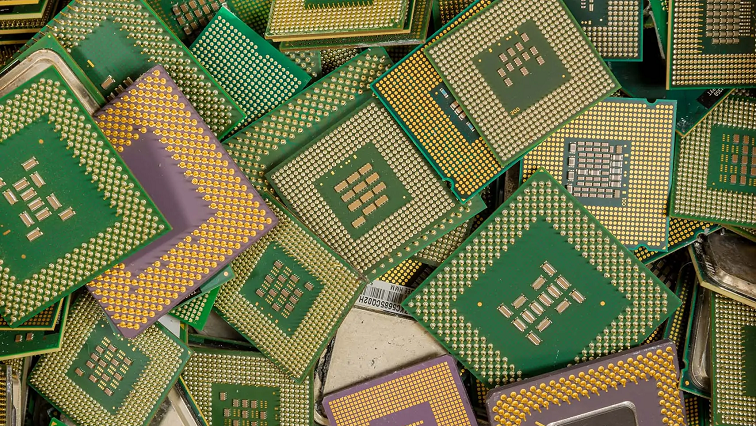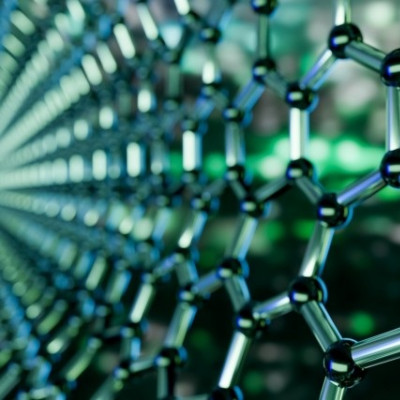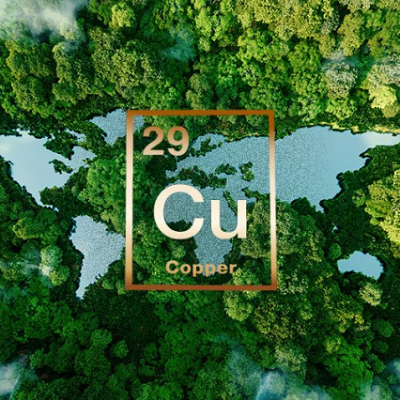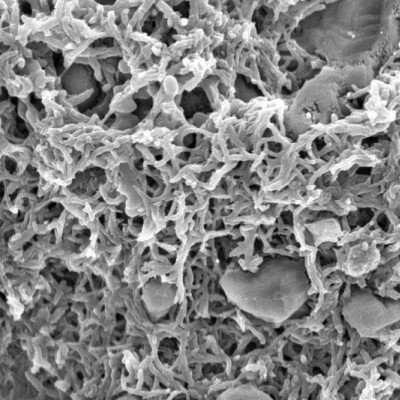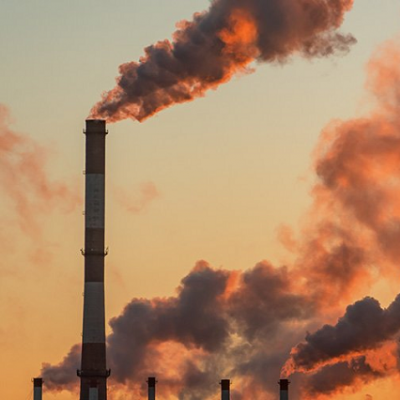The method could provide a sustainable use for some of the approximately 50 million tons of e-waste discarded each year, only 20% of which is recycled, according to Amin Zadehnazari, a postdoctoral researcher in the lab of Alireza Abbaspourrad, the Yongkeun Joh Associate Professor of Food Chemistry and Ingredient Technology in the College of Agriculture and Life Sciences.
Zadehnazari synthesized a pair of vinyl-linked covalent organic frameworks (VCOFs) to remove gold ions and nanoparticles from circuit boards in discarded electronic devices. One of his VCOFs was shown to selectively capture 99.9% of the gold and very little of other metals, including nickel and copper, from the devices.
“We can then use the gold-loaded COFs to convert CO2 into useful chemicals,” Zadehnazari said. “By transforming CO2 into value-added materials, we not only reduce waste disposal demands, we also provide both environmental and practical benefits. It’s kind of a win-win for the environment.”
Abbaspourrad is corresponding author and Zadehnazari lead author of “Recycling E-waste Into Gold-loaded Covalent Organic Framework Catalysts for Terminal Alkyne Carboxylation,” which published Dec. 30 in Nature Communications.
Electronics waste is a literal gold mine: It’s estimated that a ton of e-waste contains at least 10 times more gold than a ton of the ore from which gold is extracted. And with an anticipated 80 million metric tons of e-waste by 2030, it’s increasingly important to find ways to recover that precious metal.
Traditional methods for recovering gold from e-waste involve harsh chemicals, including cyanide, which pose environmental risks. Zadehnazari’s method is achieved without hazardous chemicals, using chemical adsorption – the adhesion of particles to a surface.
Covalent organic frameworks (COFs) are porous crystalline materials known for having multiple potential uses, including chemical sensing and energy storage. Zadehnazari synthesized two VCOFs, using tetrathiafulvalene (TTF) and tetraphenylethylene (TPE) as building blocks.
The TTF-COF showed superior gold adsorption due to its being rich in sulfur, for which gold has a natural affinity. In addition to displaying high adsorption capacity, the TTF-COF withstood 16 washings and reuses, with little loss of adsorption efficiency.
And under ambient CO2 pressure at 50 degrees Celsius (122 degrees Fahrenheit), the resulting gold-loaded COF efficiently converted CO2 into organic matter via carboxylation.
Other methods for recovering gold and other precious metals from e-waste usually aren’t as selective as Zadehnazari’s idea and result in impurities, Abbaspourrad said.
“Knowing how much gold and other precious metals go into these type of electronics devices, being able to recover them in a way where you can selectively capture the metal you want – in this case, gold – is very important,” Abbaspourrad said.
Read the original article on Cornell University.

